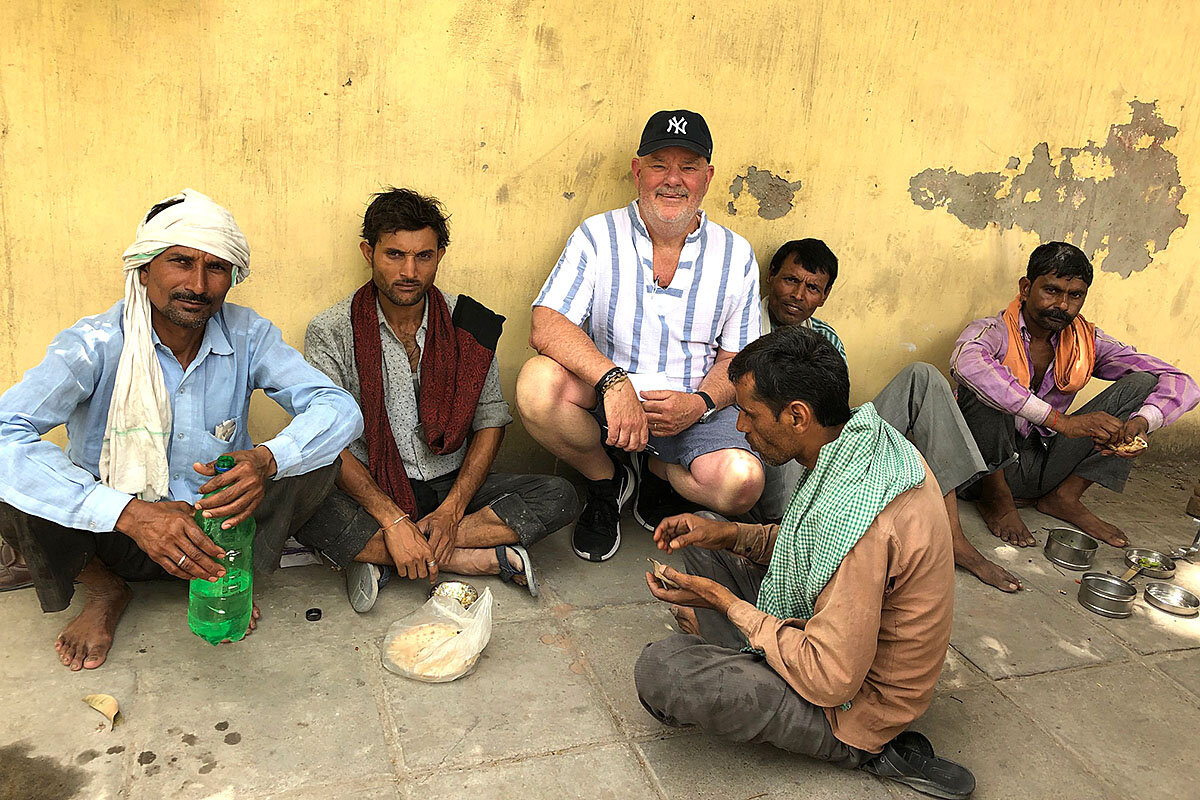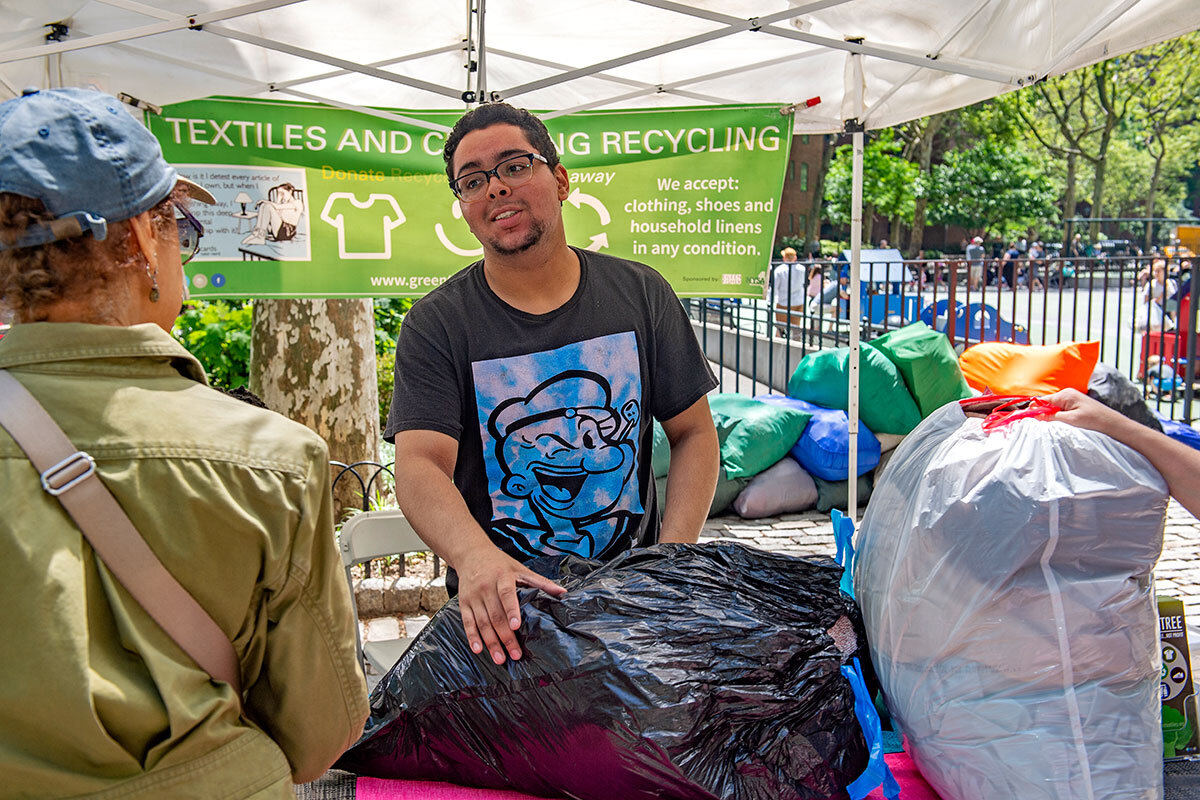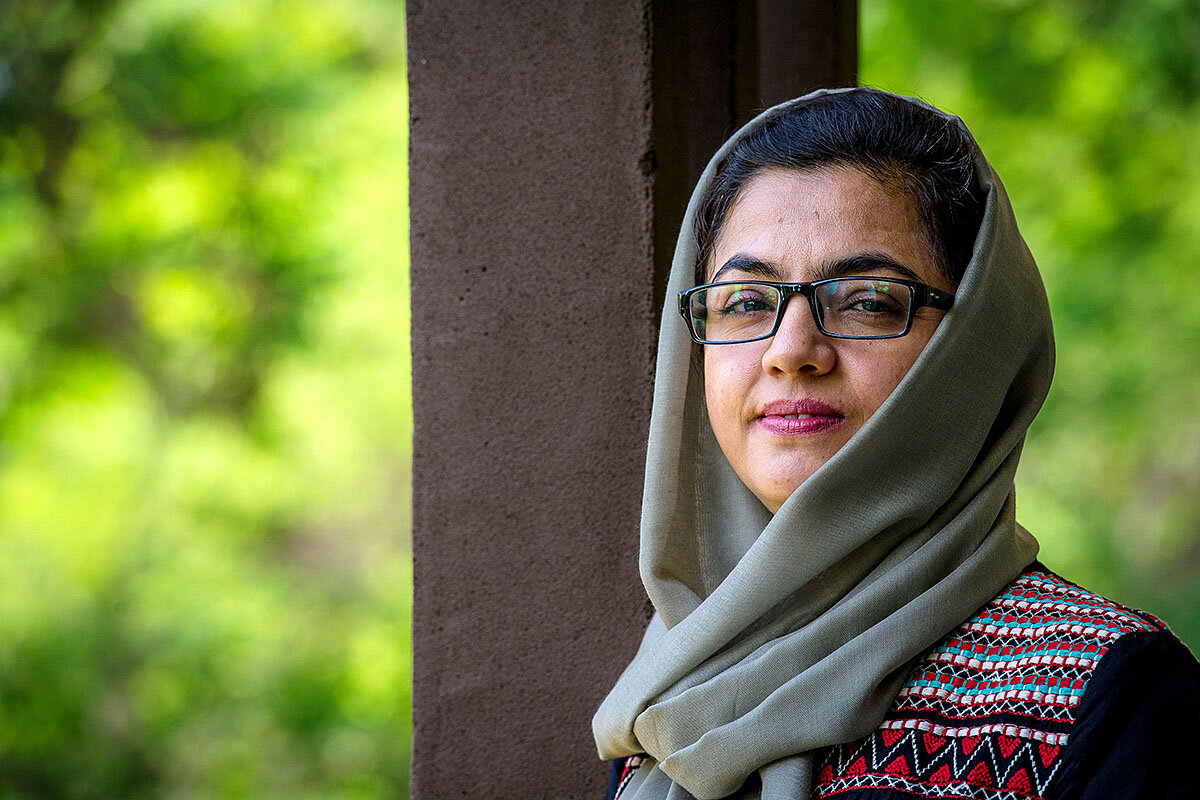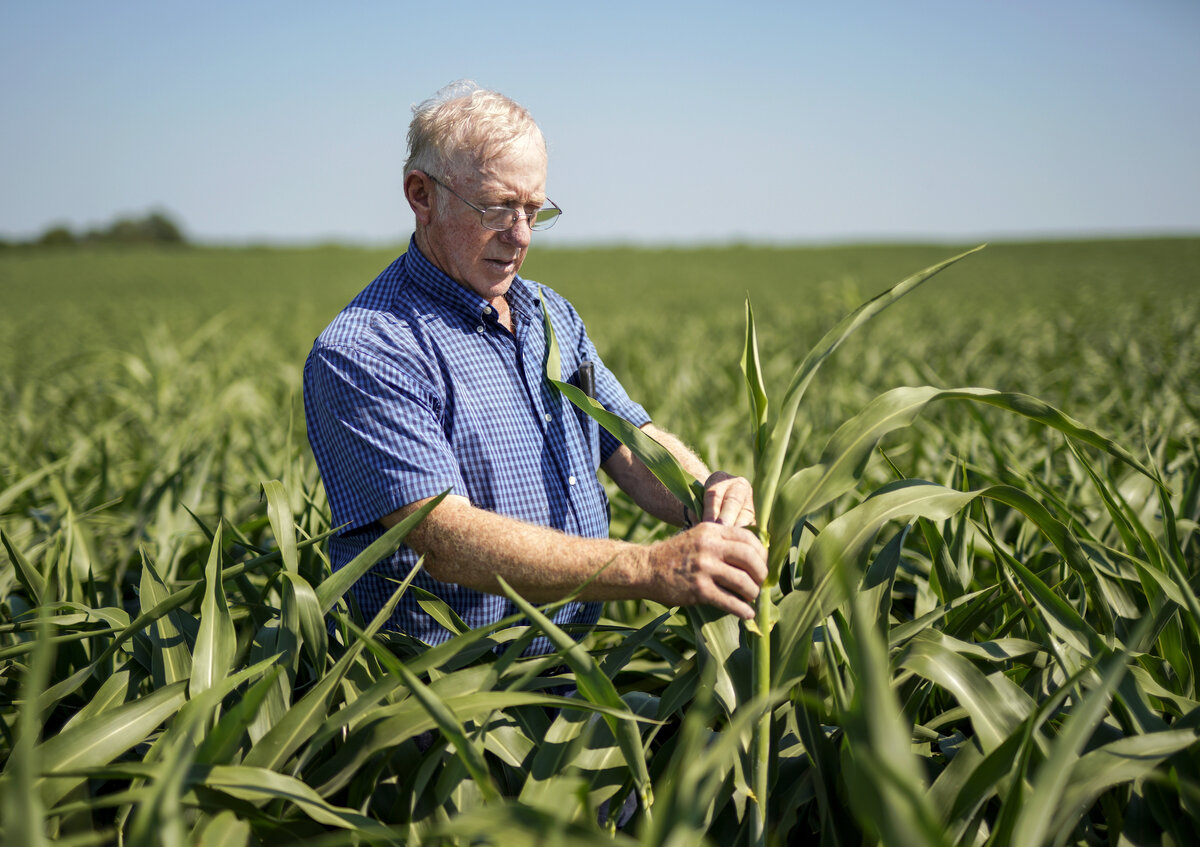Access to abortion has been declining dramatically in many parts of the United States. This is a look at some of the human stories behind that trend.
Monitor Daily Podcast
- Follow us:
- Apple Podcasts
- Spotify
- RSS Feed
- Download
 Mark Sappenfield
Mark Sappenfield
A remarkable drop in gun violence in the San Francisco Bay Area has underlined an important point: Safety is often built more than enforced.
The Guardian reports that gun violence dropped 30% in the region between 2007 and 2017, potentially saving nearly 1,000 lives. The most prominent reason for the drop appears to be a novel approach to gun violence.
One effort, called “Ceasefire,” first uses data to identify who is most at risk. (In Oakland, less than 1% of the population is responsible for two-thirds of the gun violence.) Then, it engages with them. This begins with conversations in community centers and churches and continues with mentors who are often former gang members themselves.
“They are told, ‘We care about you. You have our attention. And we’re going to do everything we can to keep you alive and keep our community safe, too,’” David Muhammad, a Ceasefire consultant told Oakland North news.
Tensions between police and communities of color have often evolved from asking police merely to deal with the effects of frayed communities, while cities ignore the causes. Programs like Ceasefire, paid for by a ballot initiative passed by Oakland voters, are about changing that.
“We have to extend the idea of what public safety is beyond policing and incarceration to include these things like intervention, outreach, and neighborhood empowerment,” one local official tells The Guardian. “That’s the game changer. That’s the difference-maker.”
Now on to our five stories. We look at the link between clothes and conservation, how an extraordinary woman is saving lives in Afghanistan, and why so many people are streaming an Italian classical composer.










